FCC Releases Statement on Plans for December 2020 Minimum Service Standard Increase
Last week, Federal Communications Commission Chairman Ajit Pai released a statement regarding changes to minimum service standards within the Lifeline program. “Starting Dec. 1, Lifeline’s mobile carriers will have to offer 4.5 GB of data each month, up from 3 GB,” Chairman Pai stated. The increase in monthly data stems from the recent COVID-19 pandemic, making access to viable service more significant than ever.
Proposed Minimum Service Standard Increase Will Impact Consumer Access to Wireless Services
This new proposal has caused a great deal of controversy among organizations that strive to assist low-income customers with wireless, wireline, and broadband service through the Lifeline Program. The problem here lies with the fact that the program runs on a subsidy amount of $9.25 each month to help aid its customers. “Plans including that much data cost $25 to $40 per month,” said lawyer John J. Heitmann, who represents the National Lifeline Association (NaLA).
Many nonprofit organizations are facing this exact same issue right now trying to balance the consumers’ need for more internet access with the available funding. Heitmann also stated,
“There is simply no evidence in the docket to suggest that a 50% increase in the required mobile broadband data – with no corresponding increase in subsidy support – can be provided without forcing a copay on consumers.”
In August, NaLA conducted a survey of 7,706 Lifeline subscribers asking whether they could afford a copay to remain connected to the service. The results showed that 85% of the subscribers said they could not afford a copay, and one in 10 of the customers also reported they are currently unemployed.
Digital Divide at Risk of Widening due to Proposed FCC Changes
The issue now remains with how Lifeline and other organizations that also assist low-income consumers will continue to provide the best possible service with a lack of government funding. The inability to provide reliable, affordable service poses a bigger issue in regard to the digital divide. In an interview with the Herald-Tribune Heitmann stated,
“There are two aspects of the digital divide. One is where there aren’t any high-speed networks. The other is where we have high-speed networks but people just can’t afford the services over them. And it’s the latter problem that’s the bigger problem in the United States. And it’s been made bigger by COVID.”
For years these organizations have strived to meet consumers’ needs. With these new challenges arising due to COVID-19, Lifeline and these other organizations could be facing a major financial crisis down the line with the lack of proper funding.
For more information, visit https://www.heraldtribune.com/story/news/local/2020/09/28/fccs-lifeline-program-free-phone-and-internet-confronts-crisis/5762068002/

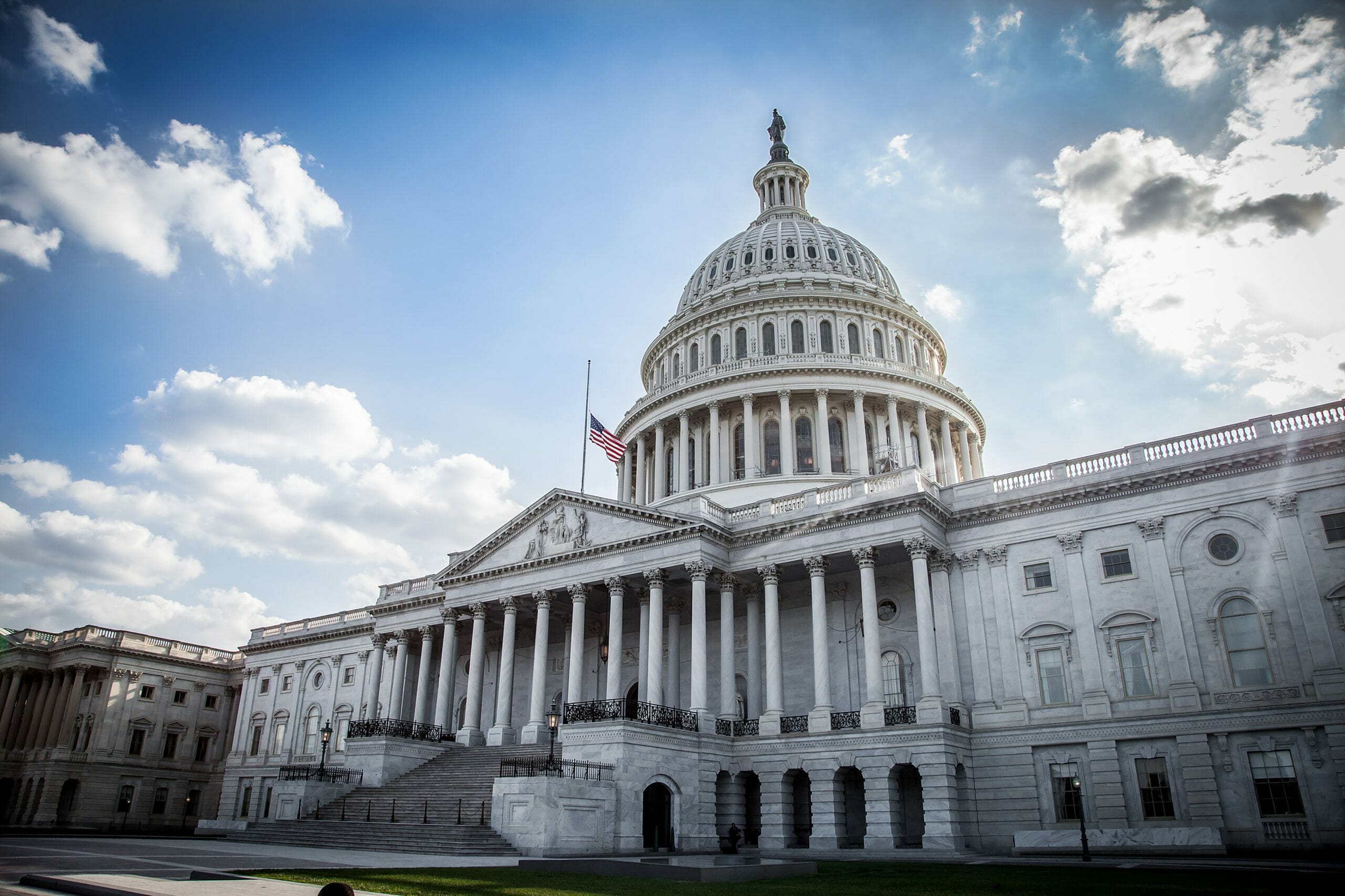

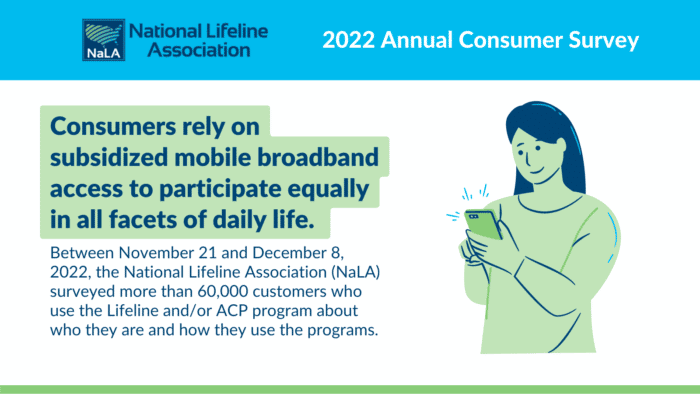

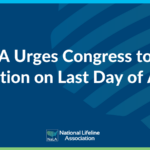

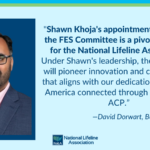
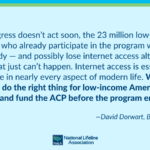
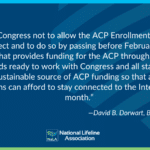
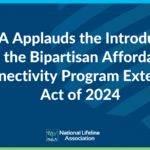
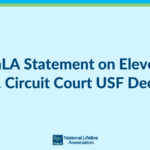
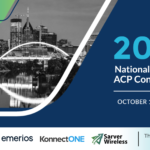
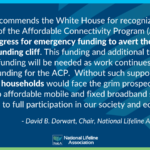
Leave a Reply
You must be logged in to post a comment.